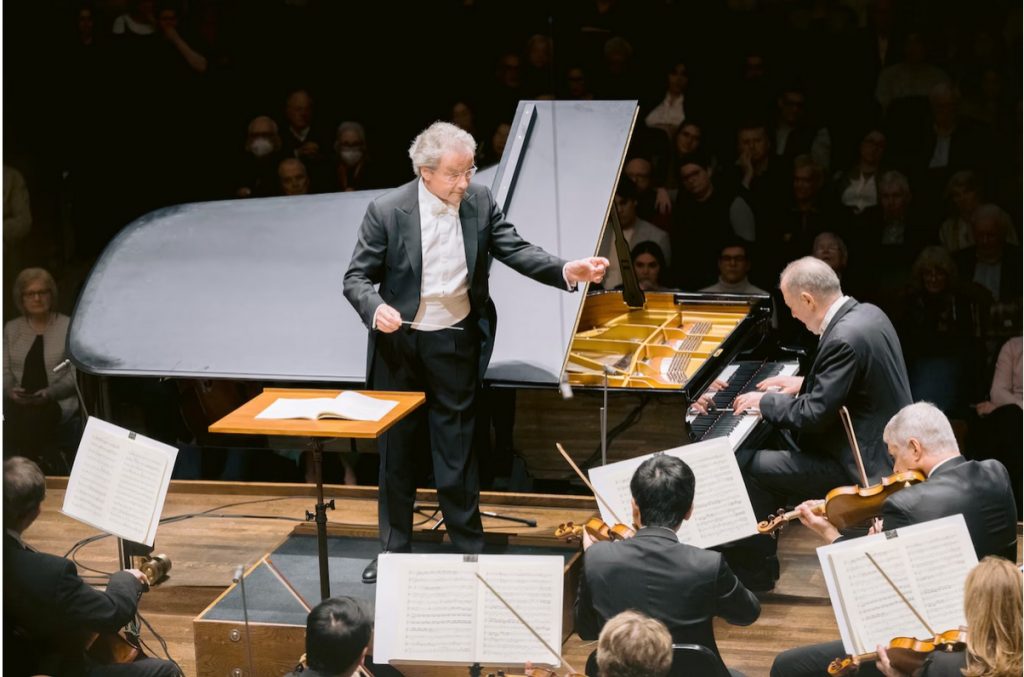By Kevin McLaughlin, Cleveland Classical
Originally published in Cleveland.com

The Concerto No. 27 in B-flat, K. 595 — Mozart’s last — was composed in 1788, though not performed until March of 1791. Many keyboard players like to ascribe to Mozart the same pathos that attached itself to Schubert in his final years of life, but Ohlsson knows better. Mozart’s music rarely reflects immediate personal crises, and this particular concerto wasn’t designed for that anyway. (Photo by Yevhen Gulenko)
Ohlsson’s phrasing in the opening Allegro was in keeping with the relatively understated nature of the piece — subtle, songful, and lithe. He delighted in some puckish grace notes but left tempos, dynamics, and cadenzas just as Mozart wrote them. In the Larghetto he added some light rubato for sex appeal. The composer kept the finale down to business except for two cadenzas which delay the return of the rondo theme. For some cheeky woodwind writing, Mozart had willing partners in oboist Frank Rosenwein and flutist Joshua Smith.
Replying to the enthusiastic ovation, Ohlsson responded with Chopin’s Nocturne in E-flat major, Op. 9, No. 2
The center of gravity on this program was Bruckner’s Symphony No. 4, coming after intermission and clocking in at 70 minutes. As the composer’s most lyrical symphony, it earns its nickname, “Romantic,” and is many a listener’s gateway drug to the rest of Bruckner’s oeuvre.
Nathan Silberschlag’s opening horn solo shimmered like a Wagnerian sword, begetter of everything that followed. From there tumbled large masses of musical thought, including the famous “Bruckner rhythm” in the brass and its ensuing imitations or variants — I’ll bet many in the audience are still singing it.
Welser-Möst and the Orchestra achieved fluidity and lightness in the Andante — like unexpected chamber music. The rhythms of the scherzo, often too harshly articulated, had a wonderful buoyancy, and the fourth movement, which is problematic for some listeners, was thrilling when it needed to be. The conductor paced Bruckner’s seemingly arbitrary blocks of sound with wisdom and purpose, keeping something in reserve for this thrilling conclusion.
The brass section sounded spectacular. The use of rotary trumpets probably helped, but so did the addition of new members in the trombone section.
When all was said and done, the audience rose to their feet and cheered. How could they not?
Kevin McLaughlin recently retired as librarian at the Cleveland Institute of Music. A freelance writer and editor, his weekly podcast on early jazz, “At the Jazz Band Ball,” may be found on a variety of podcast platforms.
Published on ClevelandClassical.com March 18, 2024.
Click here for a printable copy of this article
Return to the Front Page.



